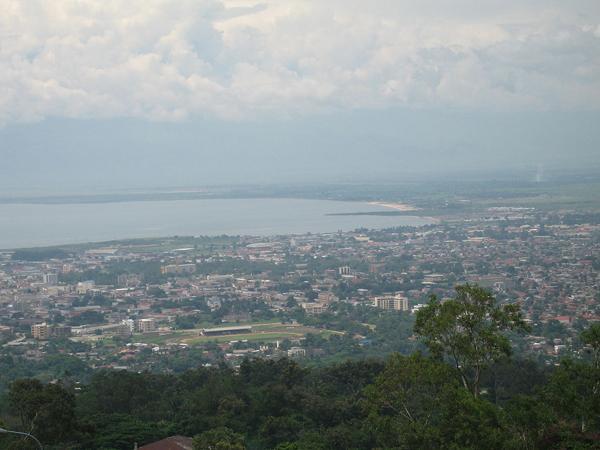Among African countries, Burundi provides an attractive telecom market given its high population density and existing low penetration rates for all services.
However, one downside for investors is that the country has a very low economic output, disposable income is also very low, and fixed-line infrastructure is poor outside the main urban areas. In practice, the is greater motivation for investors to focus on improving mobile networks than in expanding fixed-line infrastructure.
To overcome difficulties associated with the poor telecom infrastructure, the government has supported a number of prominent telcos building a national fibre backbone network. This network offers onward connectivity to submarine cable infrastructure landings in Kenya and Tanzania. The first sections of this network were switched on in early 2014, and additional provinces have since been connected. In addition, the government in early 2018 kick-started the Burundi Broadband project, which aims to deliver national connectivity by 2025. Based on this improved infrastructure the government and ITU have developed an ICT strategy to make use of telecoms to promote the country’s socio-economic development through to 2028. In addition, progress made by Tanzania with its own national backbone network has benefitted Burundi, which has been provided with onward connectivity to most countries in the region.
International bandwidth capacity has continued to increase in recent years, including a 38% increase in the nine months to September 2021, resulting in lower retail prices for consumers.
Two of the mobile operators have launched 3G and LTE services to capitalise on the growing demand for internet access. The number of mobile subscribers increased 7% in the third quarter of 2021, quarter-on-quarter. Similar growth is expected for the next two years at least, which will help bring the mobile penetration to a level closer to the average for the region.
Key developments:
Government launches e-health project, progresses with its Broadband Burundi 2025 project;
Lumitel providing national LTE coverage;
ICT program launched to promote socio-economic development;
Mobile subscriber penetration broaches 70%;
Report update includes the regulator’s market data to Q3 2021, updated Telecom Maturity Index charts and analyses, assessment of the global impact of the pandemic on the telecoms sector, recent market developments.
Get a Full Copy of this Report
Developing Telecoms market report summaries are produced in partnership with BuddeCom, the world’s largest continually updated online telecommunications research service.
The above article is a summary of the following BuddeCom report:
Report title: Burundi – Telecoms, Mobile and Broadband – Statistics and Analyses
Edition: March 2022
Analyst: Henry Lancaster
Number of pages: 96
Companies mentioned in the report: Office National des Telecommunications (Onatel, Onamob); U-Com (Orascom, Telecel Globe, Leo), VTEL Holdings (Tempo, Africell Safaris), Econet Wireless Burundi (Spacetel), LaCell SU (Smart Burundi), Renaissance Capital, BNP Paribas, Millenium Finance, Linkstone Capital
Single User PDF Licence Price: US$890
For more information or to purchase a copy of the full report please use the following link: https://www.budde.com.au/Research/Burundi-Telecoms-Mobile-and-Broadband-Statistics-and-Analyses/?r=83
MORE ARTICLES YOU MAY BE INTERESTED IN…
Source link : https://developingtelecoms.com/telecom-business/market-reports-with-buddecom/13329-burundi-gains-greater-internet-connectivity-to-neighbouring-countries.html
Author :
Publish date : 2022-04-08 07:00:00
Copyright for syndicated content belongs to the linked Source.
